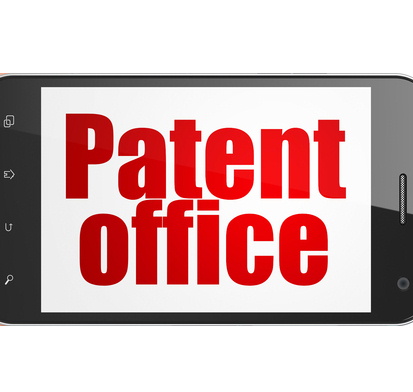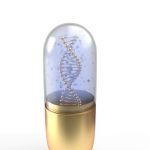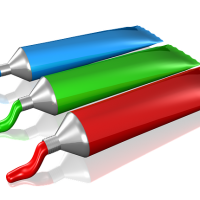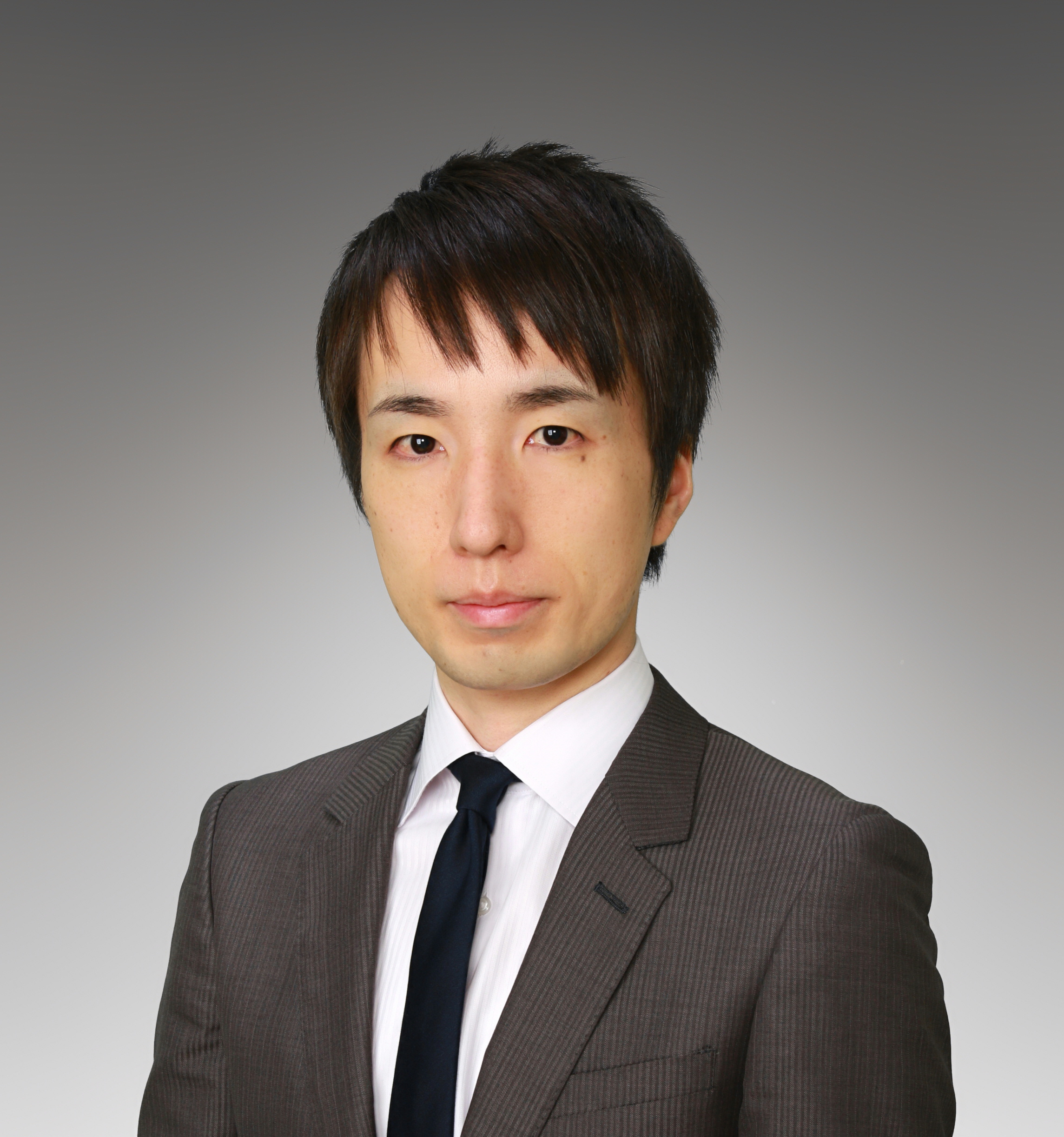Japan Patent Office publishes Examination Guidelines regarding "Eligibility for Patent and Industrial Applicability".
The parts related to a medical device are as follows. Based on the guidelines, method for controlling the operation of a medical device meets the requirement of industrial applicability. Case examples are described on another page (Link).
Part III Chapter 1 Eligibility for Patent and Industrial Applicability
(Main Paragraph of Article 29(1) of the Patent Act)
...(omitted)
3. Determination on Industrial Applicability Requirements
The subject of determination on the industrial applicability requirements is a claimed invention.
When a claimed invention is considered as any of (i) to (iii) in 3.1 , an examiner shall determine that the claimed invention does not comply with the industrial applicability requirements.
When there are two or more claims in the claims, an examiner shall make examination of the industrial applicability requirements for each claim.
Here, the word "industry" is interpreted in a broad sense, including manufacturing, mining, agriculture, fishery, transportation, telecommunications, etc.
3.1 List of industrially inapplicable inventions
An invention considered as any one of (i) to (iii) shown below does not comply with the industrial applicability requirements.
(i) Inventions of methods of surgery, therapy or diagnosis of humans (see 3.1.1)
(ii) Commercially inapplicable inventions (see 3.1.2)
(iii) Obviously impracticable inventions (see 3.1.3)
3.1.1 Inventions of methods of surgery, therapy or diagnosis of humans
Methods of surgery therapy or diagnosis of humans have been termed "medical activity" and are normally practiced by medical doctors (including those who are directed by medical doctors, hereinafter referred to as "medical doctors").
A method considered as any one of (i) to (iii) shown below is considered as an "invention of methods of surgery, therapy or diagnosis of humans".
(i) Methods of surgery of humans (see (1))
(ii) Methods of therapy of humans (see (2))
(iii) Methods of diagnosis of humans (see (3))
The following methods of (a) and (b) are included in "inventions of methods of surgery, therapy or diagnosis of humans".
(a) Methods for contraception or delivery
(b) Methods for processing samples that have been extracted from a human body (e.g., a method of dialyzing blood) or analyzing the samples during the process on the presumption that the samples are to be returned to the same body for therapy (except for the methods described in 3.2.1(4)b)
Even if methods of surgery, therapy or diagnosis are practiced on animals in general, unless it is clear that the methods practiced on humans are explicitly excluded, the methods are deemed as being "inventions of methods of surgery, therapy or diagnosis of humans".
(1) Methods of surgery of humans
Methods of surgery of humans include the following:
(i) Methods for surgical treatment (such as incision, excision, centesis, injection and implant)
(ii) Methods of using (e.g., inserting, moving, maintaining, operating and extracting) a medical device (e.g., a catheter or an endoscope) inside the human body (excluding inside the mouth, inside the external nostril, and inside the external ear canal)
(iii) Preparatory treatment for surgery (e.g., anesthetic treatment for surgery and method of disinfecting skin before injection)
Cosmetic methods having surgical operations whose purpose is not therapeutic or diagnostic are also considered methods of surgery of humans.
(2) Methods of therapy of humans
Methods of therapy of humans include the followings:
(i) Methods of administrating medicine or giving physical treatment to a patient for curing or restraining a disease
(ii) Methods of implanting substitute organs such as artificial internal organs or artificial limbs
(iii) Methods of preventing a disease (e.g., methods of preventing tooth decay or influenza)
Methods of treatment for the maintenance of physical health (e.g., methods of massage or shiatsu therapy) are also considered to be methods of preventing a disease.
(iv) Preparatory treatment for therapy (e.g., method for arranging electrodes for electrical therapy)
(v) Supplemental methods for improving treatment effects (e.g., rehabilitation methods)
(vi) Methods for nursing associated with treatment (e.g., methods to prevent bedsores)
(3) Methods of diagnosis of humans
Methods of diagnosis of humans include methods of judging for the medical purposes the physical condition of a human body as indicated in (i) or (ii) below:
(i) Physical condition of a human body such as conditions of diseases and physical health or the mental condition of a human body
(ii) Prescription or treatment/surgery plans based on the above (i)
Example: Methods of judging whether the patient has had a stroke by observing an image obtained by an MRI scan.
3.1.2 Commercially inapplicable inventions
An invention which corresponds to the invention indicated in (i) or (ii) below is considered to be a "commercially inapplicable invention".
(i) An invention applied only for personal use (for example, a method of smoking)
(ii) An invention applied only for academic or experimental purposes
3.1.3 Obviously impracticable inventions
An invention which cannot be practically implemented is not considered to be an "obviously impracticable invention" even if it works in theory.
Example: A method for preventing an increase in ultraviolet rays associated with the destruction of the ozone layer by covering the whole earth's surface with an ultraviolet ray-absorbing plastic film.
3.2 Types of industrially applicable inventions
In principle, an invention which does not correspond to any one of (i) to (iii) in 3.1 is considered to be an industrially applicable invention. Inventions not considered to be a "method of surgery, therapy, or diagnosis of humans" and a "commercially inapplicable invention" include the following:
3.2.1 Types of methods not considered to be a "method of surgery, therapy or diagnosis of humans"
(1) Product such as medical device or medicine
A medical device or a medicine is a product, and is not considered to be a "method of surgery, therapy, or diagnosis of humans." A product combining them is also not considered to be a "method of surgery, therapy, or diagnosis of humans."
(2) Method for controlling the operation of a medical device (Note)
A method for controlling the operation of a medical device is not considered to be a "method of surgery, therapy, or diagnosis of humans" as long as the function of the medical device itself is represented as a method. The "method for controlling the operation of the medical device" here may include not only a method for controlling the internal operation of the medical device but also a functional or systematic operation provided to the medical device itself, such as the moving, opening, and/or closing of an incising means in accordance with an operating signal, the emission and/or receiving of a radioactive ray, an electromagnetic wave, a sound wave, or the like.
(Note) A method including any one of the following steps (i) or (ii) is not considered to be a "method for controlling the operation of a medical device."
(i) An action of a medical doctor (for example, a step where a medical doctor operates a device in order to provide medical treatment in accordance with a symptom)
(ii) A step with an influence on the human body by a device (for example, the incision or excision of a specific site of patient’s body by a device or the irradiation of radiation, electromagnetic wave or sound wave by a device)
(3) Method for gathering various kinds of information from the human body by measuring structures and functions of organs in the human body
The methods indicated in (i) or (ii) below, which are intended to collect various types of data about a human body by measuring structures or functions of organs in the human body, is not considered to be a "method of diagnosis of humans".
(i) Method of extracting samples and data from the human body, or methods of analyzing, e.g., comparing such samples and data with standards, by utilizing samples and data extracted from the human body (see the following Example 1 to Example 5).
(ii) Preparatory treatment for measuring structures or functions of various organs of the human body (see the following case 6)
Except the case where it includes the step indicated in (a) or (b) below of judging for medical purposes.
(a) Physical condition of a human body such as conditions of diseases and physical health or the mental condition of a human body
(b) Prescription or treatment or surgery plans based on the conditions of (a)
Also, even if corresponding to such method, the methods that include steps corresponding to methods of surgery or therapy of humans are deemed to be "methods of surgery or therapy of humans."
(Examples of methods not considered to be a "method of surgery, therapy or diagnosis of humans")
Example 1: A method for an influenza test by extracting oral mucous membranes with a cotton bud
Example 2: A method for capturing the image of a lung by X-ray irradiation to the chest
Example 3: A method for measuring the body temperature by inserting an electronic ear thermometer into the external ear canal
Example 4: A method for judging the sugar level in urine by dipping a test strip in a collected urine sample, and comparing the color of the test strip with colors on a color chart
Example 5: A method of examining the susceptibility of the examinee to hypertension by determining the type of base on the nth line of the base sequence of the X gene of the examinee and comparing the base with a standard in which when the base type is A the susceptibility is low, and when the type is G the susceptibility is high
Example 6: A method of preventing uneven smear of jelly for ultrasonography that is spread on the body
(4) Method for treating samples that have been extracted from the human body
A method for treating samples that have been extracted from the human body (e.g., blood, urine, skin, hair, cells, or tissue) or a method for gathering data by analyzing such samples such as the following (i) or (ii) is not considered to be a "method of surgery, therapy, or diagnosis of humans."
(i) Method for the presumption that the samples extracted from the human body are not to be returned to the same body
(ii) Method for the presumption that the samples extracted from the human body are to be returned to the same body such as any one of the followings (ii-1) to (ii-4):
(ii-1) A method for manufacturing a medicinal product (e.g., blood preparation, vaccine, genetically modified preparation and cell medicine) by utilizing raw material collected from a human body
(ii-2) A method for manufacturing a medical material (e.g., an artificial substitute or alternative for a part of the human body, such as an artificial bone, a cultured skin sheet, etc.) by utilizing raw material collected from a human body
(ii-3) A method of manufacturing an intermediate product for a medicinal product or a medical material (e.g. methods for differentiation and induction of the cells, methods for separation and purification of the cells) by utilizing raw material collected from a human body
(ii-4) A method of analyzing a medicinal product or a medical material, or an intermediate product thereof which is manufactured by utilizing raw material collected from a human body
...(omitted)









